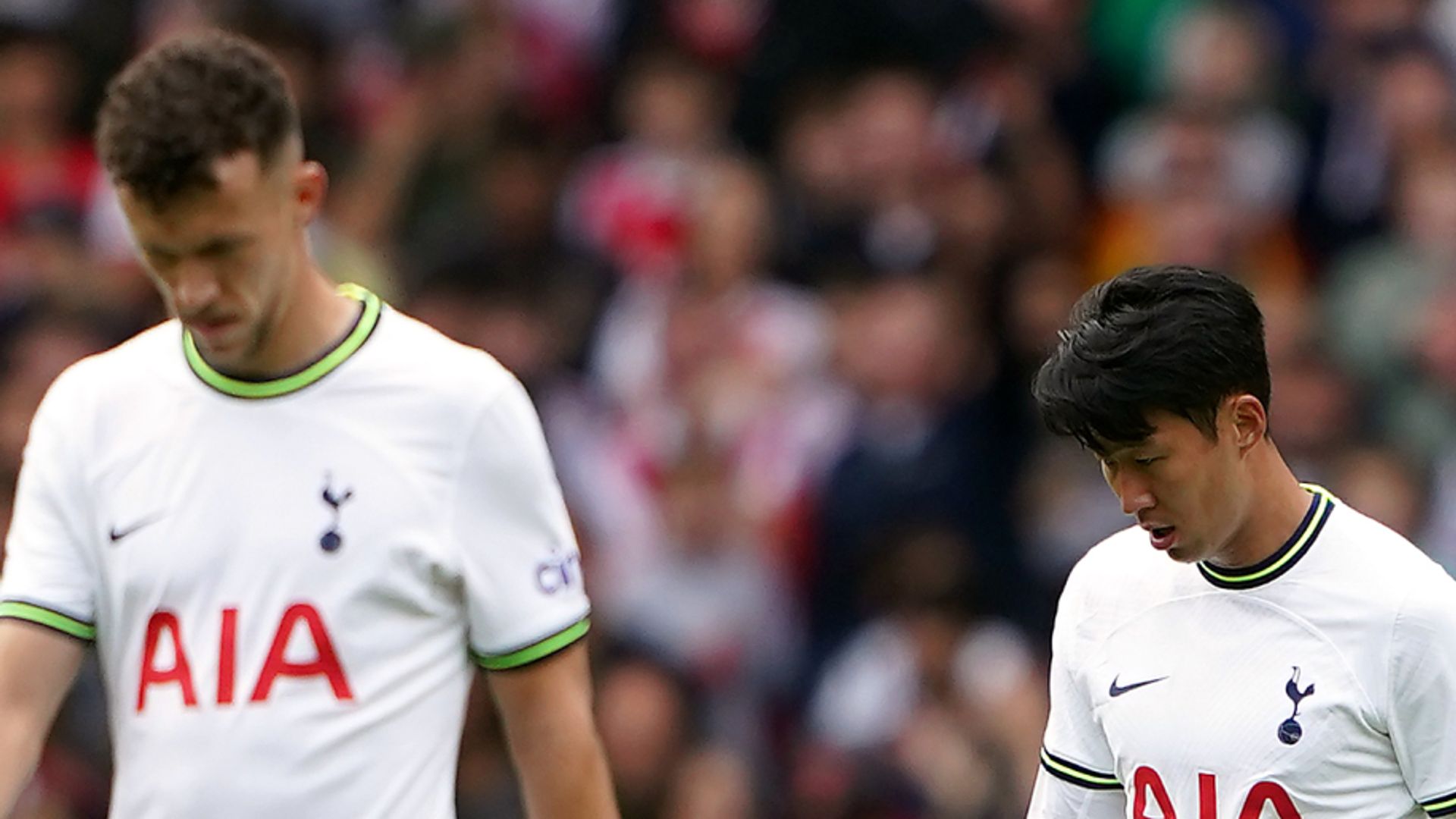Why Are Mass Shooting Events Increasing?
For the last three decades, at least until recently, the U.S. has been experiencing a steady decline in overall violent crime and homicide rates. Nevertheless, over that same period, there has been a steady increase in the frequency of mass shooting events, like the incident that left six people dead in Sacramento this weekend.

 The term “mass shootings” ordinarily connotes the image of an event that targets random victims, resulting in many fatalities and injuries, all within a small window of time.
The term “mass shootings” ordinarily connotes the image of an event that targets random victims, resulting in many fatalities and injuries, all within a small window of time.
Throughout this century, the frequency of such events appear to be rising. Correspondingly, their pervasiveness has resulted in America’s children now engaged in regularly scheduled active shooter drills.
But there is still considerable confusion regarding the sources of this growing problem.
The reasons for this confusion are twofold. First, although mass shooting events are not new to American history, they are nevertheless rare in their occurrence among annual homicide statistics.
This means that a solid base of comparable cases to draw from for a serious empirical analysis is only now developing. However, a second and more important limitation to our understanding has been the reliance on a broad-based definition that focuses on the number of victims produced in determining status as a mass shooting event.
For example, most entities that have built and maintained comprehensive data sets on mass shootings generally define them as producing three to four gun-related fatalities or injuries in an immediate window of time, usually 24 hours.
Additionally, there is some variation regarding whether the offender should or should not be counted as part of the victim tally when classifying the event as a mass shooting.
This operational definition presents a critical problem: how to parse out and distinguish between the different forms of mass shootings.
With emphasis on the minimum number of fatalities and or injuries, official records do not distinguish between the types of mass shootings that can fall under such a broad umbrella. These events can include gang-related disputes, domestic violence incidents resulting in murder-suicide, spree-killings, terrorist acts, and workplace and school shootings.
Each of these different forms of mass shootings has a different modus operandi. When they are lumped together it makes it difficult to distinguish patterns. Still, the media and the public in general tend to perceive mass shootings through the lens of random workplace or school based shootings.
Yet, the more often occurring forms of mass shooting tend to be gang-related disputes and domestic violence incidents.
EDITOR’S NOTE: Sacramento Mass shooting Kills 6, wounds 12
These incidents make up over 70 percent of all mass shooting events.
For example, on the weekend of March 18-20.h there were reports of an estimated 10 mass shooting events. Upon closer examination of those reported events, only one, a mass shooting at the SXSW festivities in Austin, Texas, comes close to the public and media’s conception of mass shootings.
Still, that event, which produced four injuries, was instigated by a disturbance at a bar between two groups of people known to each other. In fact, of the 10 mass shooting events from that weekend, seven, including the Austin shooting, were gang-related or some other form of group-based conflict settled through gunfire.
This is an important point.
When we see such clustering of events within a minor period, it raises the reasonable question of whether or not these are the result of what social scientists call a “contagion effect” or, alternatively, are these events reflective of a larger systemic breakdown?
The answers really depend on what form of mass shooting we are considering. For example, when discussing school-based mass shootings, some research finds possible evidence of a contagion effect accounting for the cluster of such events within a narrow period of time.
This has consequently changed how the media reports on mass shootings at schools. It is still too early to assess the effects of this change, but it is a step in a positive direction for public coverage.
However, in regards to non-school mass shootings, particularly those reported for the weekend of March 18-20, it is premature to conclude that such clustering is the product of imitation or endemic of a larger breakdown.
For the last three decades, the United States had been experiencing a steady decline in overall violent crime and homicide rates. Only recently has that decline stabilized. Nevertheless, over that same period, there has been a steady increase in the frequency of mass shooting events.
If not a contagion effect, what might best account for these different directional trends?
Emerging research suggests that Congress’ allowance for the expiration for the Federal Assault Weapons Ban in 2004 may be contributing to the increasing amount of mass shooting events.
That is, it is not that the frequency of violent disputes leading to lethal violence has increased per se. Instead, the instruments connected to those disputes have become considerably more lethal.
It is estimated that up to 36 percent of mass shooting events involved the use of a semiautomatic rifle or “assault-style” weapon. With easier access to possession of such deadly weapons, it should be no surprise that patterns of gun-related violence have become significantly more deadly.
A study by the FBI points out that mass shootings have become more common due to the fact that they are now more lethal. In fact, the most lethal mass shootings have occurred since the expiration of the Federal Assault Weapons Ban.

Kent Bausman
While reinstituting the Federal Assault Weapons Ban won’t eliminate the occurrence of mass shooting events, there is strong supportive evidence to draw a link between the two.
Sadly, gun-related violence is a part of our American cultural fabric; but there are options at our disposal to limit the amount of victims such violence produces.
Kent Bausman, Ph.D., is a professor of sociology at Maryville University and contributing faculty member of its Online Sociology Program.

 Landwebs
Landwebs 


















